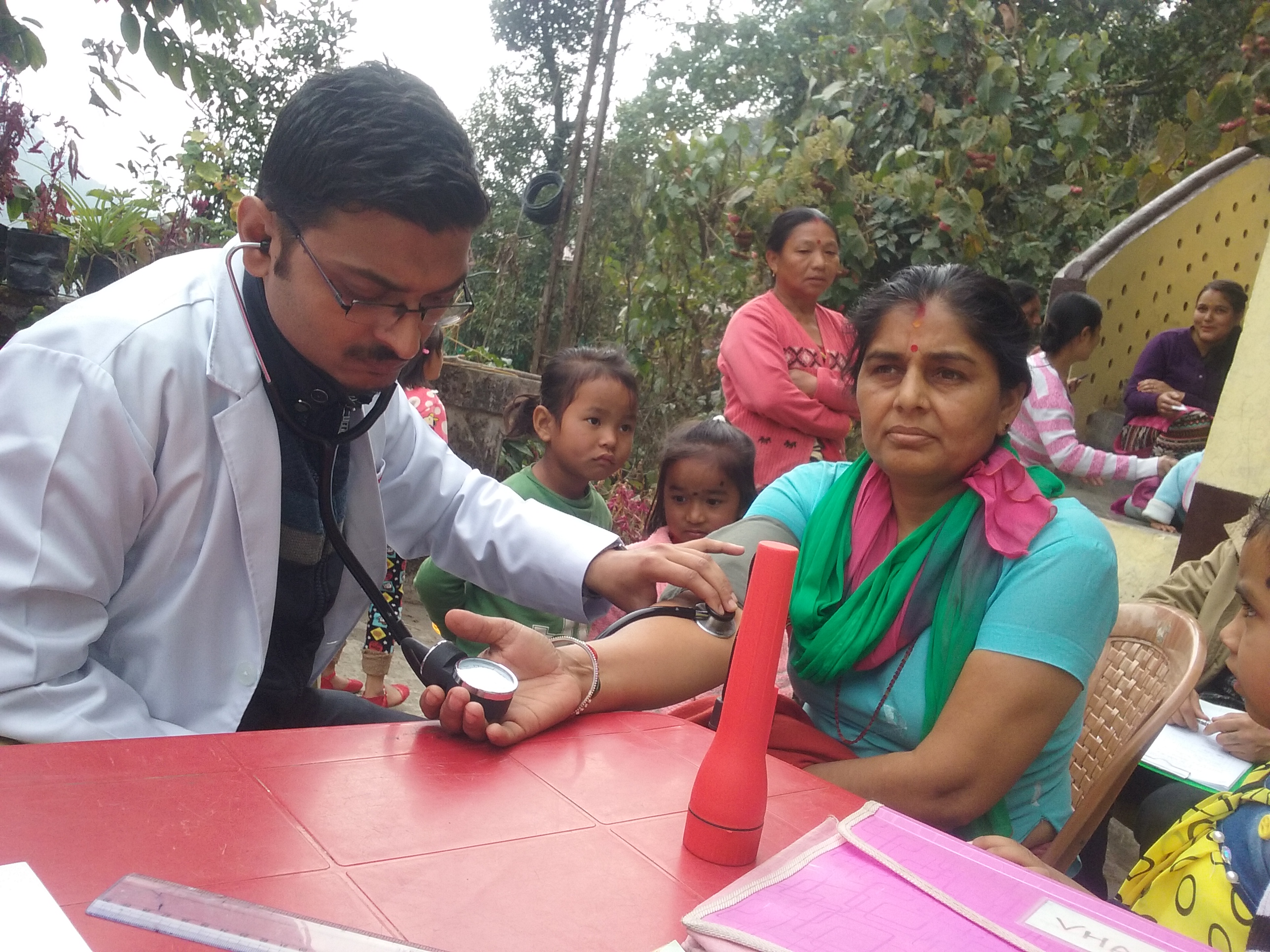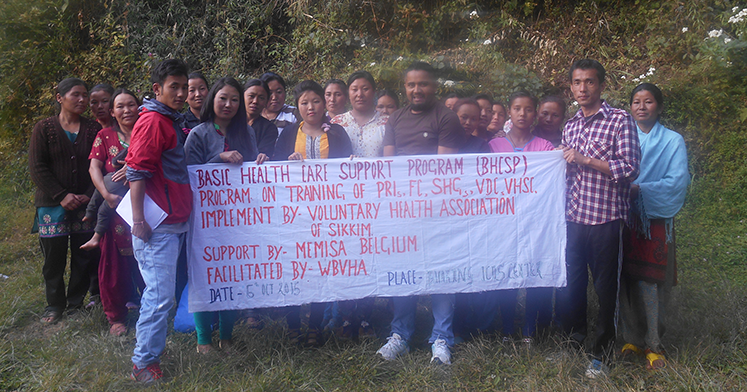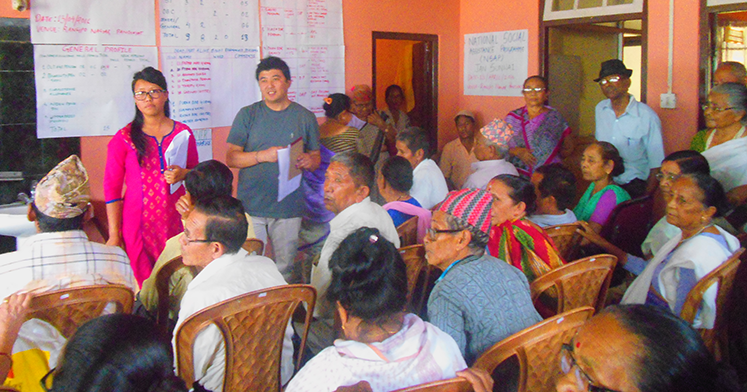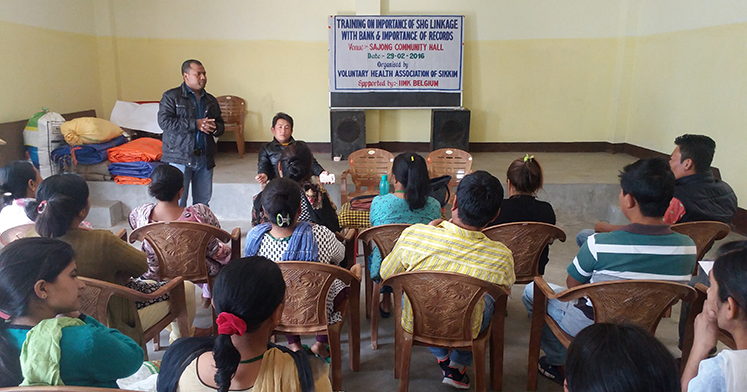Introduction
The basic objectives of the social audit is to ensure public accountability in the implementation of Projects, laws and policies. The Social Audit is an effective means for ensuring transparency, participation, consultation and accountability under the MGNREGA. The process of Social Audit combines people’s participation and monitoring with the requirements of the audit discipline. Since the agency implementing the scheme cannot itself audit the scheme, therefore, it is necessary to promote people’s participation in the audit along with support provided by an independent social audit organization that facilitates the process. The Social Audit process is not a fault finding, but a fact finding process. The work of the Auditor is only to ‘investigate’ by cross-verifying facts and details in the records from the laborers and cross verifying works at site. The “Auditors” must not view themselves as “Prosecutors”.
Social Audit Unit needs to be establishes for the purpose of Social Audit by the state government. State Level Vigilance Cell followed district level and Vigilance and Monitoring Committee (VMC) at village level needs to be strengthen for the purpose of strengthen transparency. Maintaining of Proactive disclosure by gram Sabha, where all the details of works with bills, MR and Vouchers will be read out for the purpose of validation by Gram Sabha.
Section 17 of Act clearly stated that, (1) The ‘Gram Sabha shall monitor the execution of works within the Gram Social audit of Panchayat. (2) The Gram Sabha shall conduct regular social audit of all the projects under the Scheme taken up within the Gram Panchayat.
(3) The Gram Panchayat shall make available all relevant documents including the
Muster rolls, bills, vouchers, measurement books, copies of sanction orders and other
Connected books of account and papers to the Gram Sabha for the purpose of conducting
the social audit.
Social Audit Unit Sikkim
Rule 4 of Audit of Schemes Rules, 2011 stipulate that each state Government shall identified or established an independent organisation, Social Audit Unit (SAU) to facilitate conduct of the Social Audit of MGNREGS works.
Voluntary Health Association of Sikkim has been identified by the Rural Management & Development Department, Government of Sikkim as the independent organisation to function as the Social Audit Unit (SAU) for conducting Social Audits of MGNREGS works in the state of Sikkim as per office order No.1122/RM&DD, dated 14.12.2011.VHAS has been facilitating the Social Audit for East and North of over 5 years since 2008.Over this year SAU has under gone for long process in collaboration with Rural Management & Development Department, Government of Sikkim to set up Social Audit Unit in the State. Dr. B.B Rai, Executive Director, VHAS has been appointed as Director for Social Audit Unit as per the letter Ref.No.496/RM&DD/MGNREGA,Dated:04/12/2012.
SOCIAL AUDIT CYCLE

SOCIAL AUDIT AFTER ESTABLISHMENT OF SAU
After establishment of the Social Audit Unit, Sikkim and finalisation of the Sikkim Module of Social Audit, it was decided to conduct Social Audit in the State of Sikkim for the financial year 2013-14. All the DRIs had finalised the social audit calendar for the financial year 2013-14 and Social Audit Unit-Sikkim compiled the same. After the finalisation of the annual calendar for Social Audit same has been circulated to District Programme Coordinator (DPCs) and other implementing agencies during Kick off meeting at District level which was organised by DPC.
Social Audit Started with conducting Kick off meeting at four districts of Sikkim before the actual start of Social Audit at Gram Panchayat. During kick off meeting Social Audit team circulated social audit calendar and clearly disseminated information about the process of social audit and required documents which social audit team will verify. With initiation of full flag Social Audit in the state from financial year 2013-14 same has been continued for 2014-15. Details as follows.
SOCIAL AUDIT CONDUCTED DURING 2015-16
| Sl. No |
District |
Total No of GPs |
Number of GPs covered |
| 1 |
East |
50 |
50 |
| 2 |
West |
55 |
55 |
| 3 |
South |
47 |
47 |
| 4 |
North |
24 |
24 |
| Total |
176 |
176 |
POST SOCIAL AUDIT
Reports & Monthly Progress Report (MPR)
Social Audit Unit, Sikkim submits final Reports to RM&DD, C&AG Office, District, Block and Gram Panchayat. On monthly basis Social Audit Unit will prepared the Monthly Progress Report (MPR) of all the Action Taken Report received from District and submit to RM&DD and copy of the same is also send to C&AG office. In MPR issues raised are categorically compiled as summary for State, Block and followed by Gram Panchayat level.
Details of Issues raised and action taken FY-2015-16 as on 31st March 2016
| Sl.No |
District |
Total GP covered in Social Audit |
Total Issues |
Total issues resolved till date |
Total issues pending till date |
Total Direct Recovery |
Total Recovery made till date |
| Number |
Percentage |
Number |
Percentage |
| 1. |
North |
24 |
281 |
35 |
12% |
247 |
88% |
Rs.1,15,936/- |
Rs.5,340/- |
| 2. |
East |
50 |
702 |
51 |
07% |
651 |
93% |
Rs.26,10,809/- |
Rs.7,050/- |
| 3. |
South |
47 |
392 |
175 |
44% |
217 |
54% |
Rs.9,07,208/- |
Rs.6,36,781/- |
| 4. |
West |
55 |
1110 |
187 |
16% |
923 |
84% |
Rs.31,68,780- |
Rs.880/- |
|
Total |
176 |
2485 |
448 |
17% |
2037 |
83% |
Rs.68,02,733/- |
Rs.6,50,051/- |
SOCIAL AUDIT OUTCOME INDICATOR, 2015-16
| Parameters |
Audit Year |
2013-14 |
2014-15 |
2015-16 |
| Total gram panchayats covered |
A |
89 |
92 |
176 |
| Average participation in Jan Sunwai |
B |
97 |
101 |
117 |
| Recovery reported (Rs in lakh) |
C |
88 |
39 |
68 |
| Average recovery reported per gram panchayat (Rs in lakh) |
D=C/A |
0.99 |
0.42 |
0.38 |
| Recovery made (Rs in lakh) |
E |
5.34 |
2.57 |
6.99# |
| Enforcement in the form of punitive action against functionaries |
F |
4 |
1 |
1# |
| Percentage of recovery made |
G=E/C |
6.07% |
6.59% |
10%# |
| Total sanctioned cost (Rs in lakh) |
H |
5,989 |
8,490 |
1,53,81 |
| Total expenditure (Rs in lakh) |
I |
5,059 |
6,513 |
1,23,65 |
| Percentage of funds misappropriated |
J=C/I |
1.74% |
0.60% |
0.54% |
| Total savings (Rs in lakh) |
K = H-I |
930 |
1,977 |
3016 |
| Percentage of savings from sanctioned cost |
L=K/H |
16% |
23% |
19% |
| Total issues reported |
K |
1,481 |
1,053 |
2485 |
| Total issues resolved |
M |
888 |
701 |
656 |
| Percentage of issues resolved |
N=M/K |
60% |
67% |
26%# |
# For 2015-16, process is underway










